Why Polyworking Cybersecurity Risks Are a Growing Threat in 2025
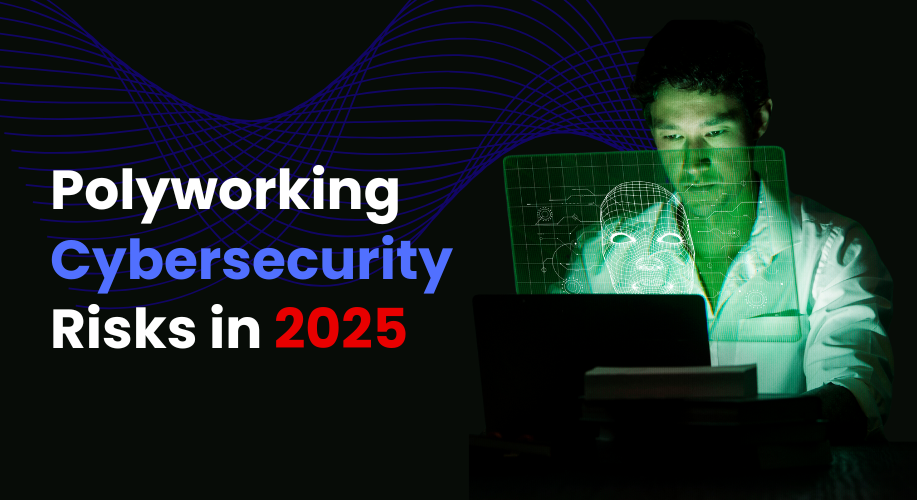
Polyworking cybersecurity risks are real, and they’re hitting Gen Z and remote teams hardest in 2025. Juggling multiple gigs, apps, and accounts on one device might feel efficient until something breaks. Let’s unpack why holding down two or three jobs comes with hidden dangers and how you can shore up security before a phishing email, or worse, hits.
What Polyworking Means
“Polyworking” is the side‑gig hustle many Gen Zers live by: one full‑time job, a gig on Upwork, delivering Fiverr projects, and maybe creative work on the weekends. Nearly 48% of Gen Z now juggle three or more jobs. That’s Gen Z polyworking statistics showing how common it is. But the twist is every new role means a new account, device, or app. That’s a major expansion of your digital exposure. In 2025, polyworking isn’t just a career move; it’s a cybersecurity risk.How Polyworking Cybersecurity Risks Play Out
Polyworking cybersecurity risks often start with simple behavior: using the same laptop for all gigs. With overlapping tools like Zoom, Teams, Outlook, or Slack, phishing threats multiply. Kaspersky flagged over six million attacks disguised across tools like Zoom, Excel, Outlook, OneDrive, and Teams. Every shared link or fake calendar invite is a remote risk hiding in plain sight. And what makes Gen Z more vulnerable is their trust in familiar platforms and password reuse. It's not about being careless; it's about being too comfortable.3 Common Threat Scenarios for Polyworkers
Here’s how the trouble typically starts: One laptop? Multiple job roles? That’s device overlap, great for chaos. Same passwords across gigs? You’re fueling shared credentials challenges. Mixing personal and client data? That’s shadow IT territory. Suddenly your personal tools become a corporate liability. Phishing emails from one side job can poison your employer’s network too.Why This Matters for Employers in 2025
 When your team is embracing modern work habits like polyworking, understanding polyworking cybersecurity risks isn’t optional; it’s essential. Cyber insurance rates are rising, breaches are public relations nightmares, and unmanaged exposures can ripple across companies you didn’t even know existed.
Educate, audit, and enable secure workflows. Don’t let multiple jobs become multiple gateways for attackers.
When your team is embracing modern work habits like polyworking, understanding polyworking cybersecurity risks isn’t optional; it’s essential. Cyber insurance rates are rising, breaches are public relations nightmares, and unmanaged exposures can ripple across companies you didn’t even know existed.
Educate, audit, and enable secure workflows. Don’t let multiple jobs become multiple gateways for attackers.
Securing Polyworkers Without Killing Hustle
You don’t need to dismantle someone’s side gigs, but you do need structure.Enforce BYOD security: sandbox work and personal environments.
Require MFA and strong authentication per role.
Move to zero trust access: location or device check before login.
Offer short, engaging micro‑training on phishing and shadow IT.
These steps keep polyworking cybersecurity risks in check while honoring flexibility. Security doesn’t have to kill creativity. Want to see how we implement zero trust access for BYOD and side-gig environments? Explore our services to learn more. Guardians of the digital galaxy—right this way.



.png)







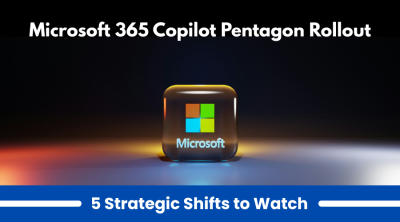




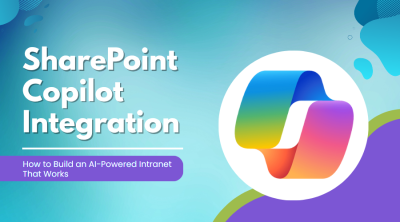

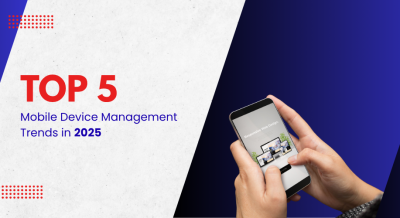

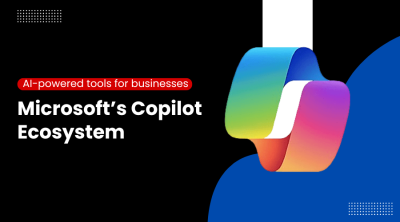




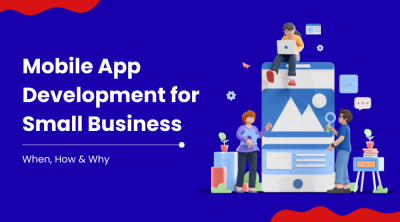
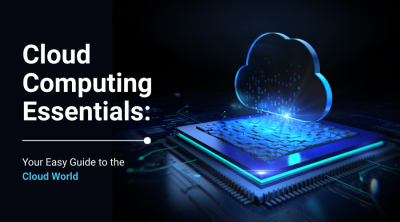




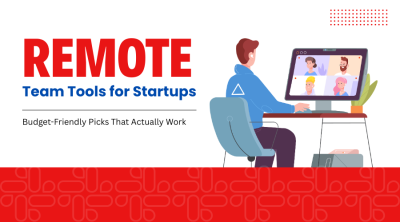
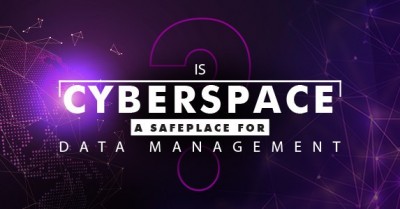


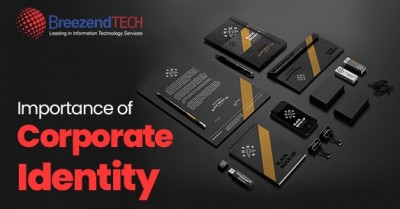

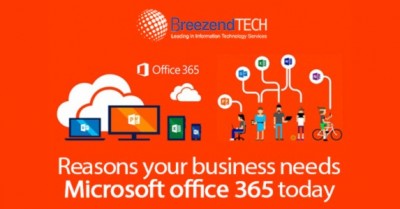
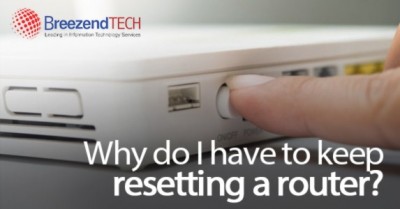

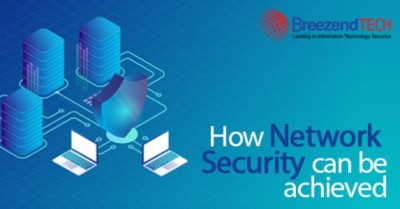


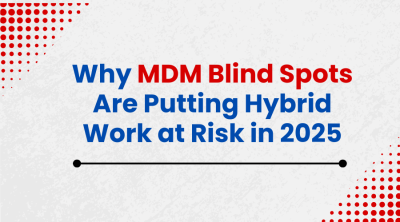
Comments (0)